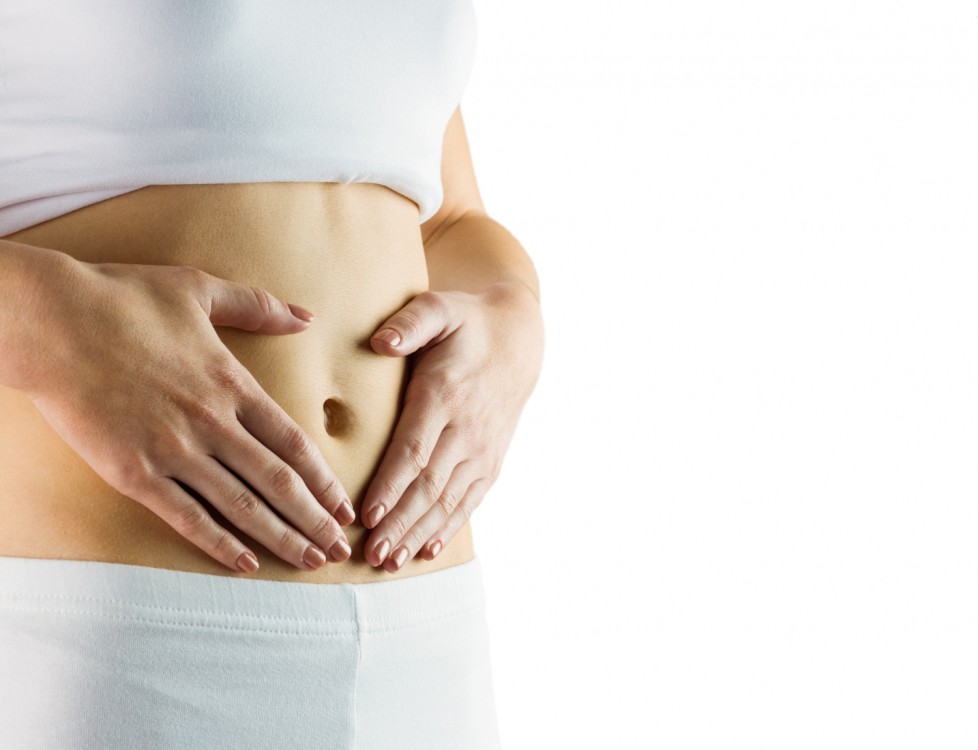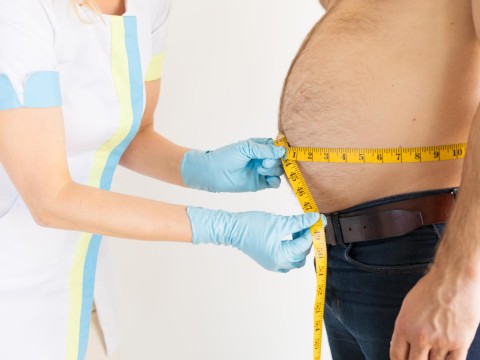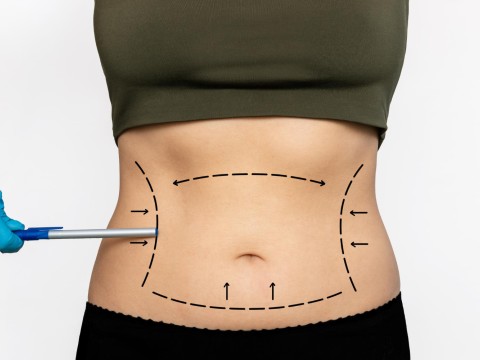Quote of Este Center
Gastric Balloon
A gastric balloon is a treatment method used to promote weight loss. This treatment involves the inflation of a balloon placed in the stomach, temporarily reducing stomach volume and encouraging the individual to consume less fooThe gastric balloon is one of the most popular approaches towards weight loss, devised to help people attain extreme weight loss without any surgical method. This device, when inserted into the stomach, helps with appetite control and lowering the calorie intake; hence, it becomes more alluring for people who want to manage their weight without undergoing any surgery. Like with any medical intervention, one would likely seek to understand how the Gastric Balloon works, the costs, any side effects that could arise, and also its effectiveness.
Soon, the Gastric Balloon became a well-known method of weight control; however, many people are still wondering about the mechanism of its work, contraindications, and what results one can expect from this method.
What is the Gastric Balloon?
The Gastric Balloon is a non-surgical weight loss device introduced into the stomach to aid in managing body weight. It is usually positioned through the use of a minimally invasive procedure, whereby the uninflated balloon is swallowed and then inflated once inside the stomach. The balloon occupies space in the stomach, which triggers feelings of fullness and cuts down on how much food can be taken in. This helps the person stick with a diet with fewer calories and promotes better weight loss.
How Does the Gastric Balloon Work?
Its mechanism of action is such that the Gastric Balloon occupies an important part of the stomach, promoting the feeling of fullness with smaller portions of food intake. Positioned in the stomach and inflated with a sterile fluid, it limits food intake, thereby reducing subsequent weight. It stays in place for a certain period of time after which it is removed. This device works in conjunction with proper nutrition and physical activity to enhance the effect.
Gastric Balloon Diet Plan
A properly structured diet course is so much needed for maximum achievement from the use of Gastric Balloon. Patients may be instructed to be on a liquid diet for an initial period to help the adjusting stomach. Gradually, as time advances, one can turn to solid food, focusing more on high-protein and low-calorie nutrition. Nutrient-rich food for nutrition will go a long way in helping improved weight loss and long-term health improvement, having dietary considerations that are prudent with avoidance of high-fat and sugary foods.
The Gastric Balloon: Possible Side Effects
The side effects of the Gastric Balloon can be obvious, especially during the adaptation phase of the initial adjustment period. Most often, these are nausea, abdominal pain, and bloating. In the course of time, these will pass as the body gets accustomed to this balloon. However, serious problems such as deflation and migration may occur. Careful observation of any observed side effects will be called for, and a consultation with a healthcare provider will facilitate the proper handling and treatment.
Advantages and Disadvantages of Gastric Balloon
The advantages accompanying the use of the gastric balloon are its non-invasive means compared to other options of surgical weight loss. When combined with lifestyle modifications, the gastric balloon can serve as an effective tool to achieve weight loss and an improvement in general health. Consequently, disadvantages may include possible side effects such as requiring continued dietary and lifestyle modifications to maintain weight loss. These pros and cons, balanced against each other, may give an individual an idea of whether the Gastric Balloon will be the suitable option in terms of their weight management goals.
- Health Insurance
-
Accommodation
- Online Healthy Life Assistant 9/5
- Post - Experience Follow Up 6 Month
-
Extra Privileges
- Transfer

- Health Insurance
-
Accommodation
- Online Healthy Life Assistant 24/7
- Post - Experience Follow Up 1 Year
- Pre-Treatment Doctor Consultation
-
Extra Privileges
- Transfer

 Private
Private
- Health Insurance
- Healthy Life Butler
- Post - Experience Follow Up 2 Year
- World-Famous Doctor Consultation
-
Extra Privileges
* Price varies depending on extra and upgrade selections.
Gastric Balloon is suitable for candidates with a BMI between 27 and 40, and the individual should be 22 years or older.
Gastric Balloon and Gastric Sleeve are distinct procedures catering to different BMI ranges. Gastric Sleeve is reserved for individuals with a BMI of 40 or higher and involves surgery, carrying inherent surgical risks. In comparison, Gastric Balloon is considered safer with minimal complications, making it a favorable choice for those with a BMI between 27 and 40.
Patients have been shown to lose up to 47% of their excess weight in six months after the gastric balloon. This is an average and it can be more or less according to your diet, exercise and lifestyle.
The initial four weeks following a gastric balloon procedure involve a specific diet. The first two weeks focus on a clear liquid diet, followed by the gradual introduction of soft pureed foods in the subsequent two weeks. Solid foods are reintroduced afterward.
Gastric balloon treatment is generally safe, with minimal complications. Potential side effects include nausea, vomiting, stomach cramps, diarrhea, and abdominal pain. These reactions are natural responses to the presence of the balloon and often subside within a few days.
No, a gastric balloon will not burst. Although resistant to stomach acid, there is a slight risk of puncture. In the event of a rupture, the balloon is removed from the stomach.
While individuals do not feel pain during the sedated procedure, some may experience discomfort during balloon inflation. Mild discomfort lasting 3-4 days is reported by about one-third of people after balloon insertion.
The duration varies between 4-6 or 12 months, depending on the type of gastric balloon.
Gastric balloon insertion is not recommended during breastfeeding due to potential impacts on milk quantity and quality from the post-balloon diet.
Individuals typically return to daily life and work within days.




